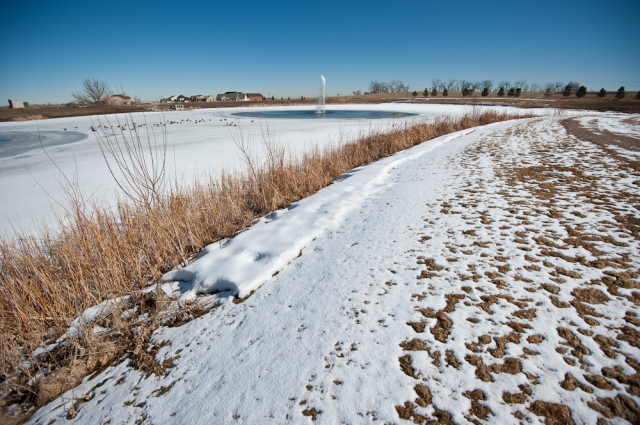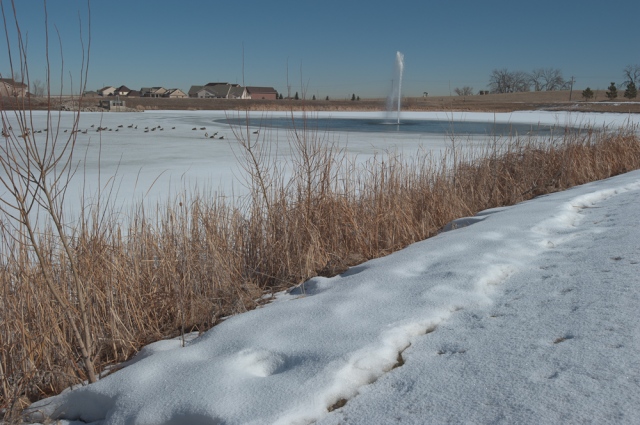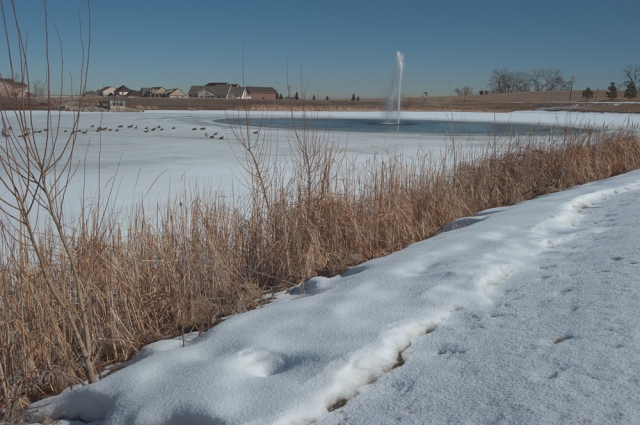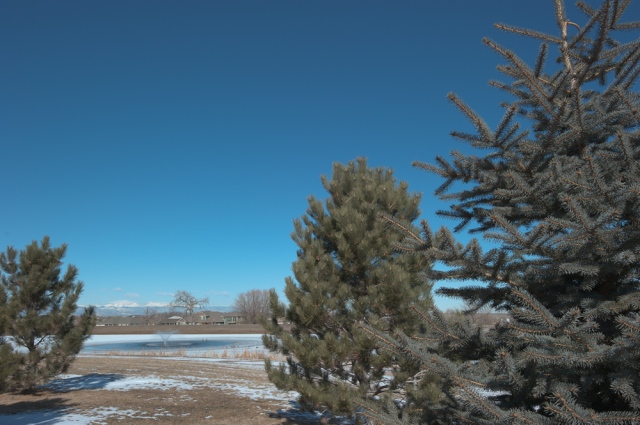** Update ** new post with much better comparison images here.
FIRST IMPRESSIONS
The lens is light and somewhat slender, but long. The rear element moves in and out quite a long distance with the zoom. The front element moves in a similar fashion to the 17-35, with a middle slider moving in and out.
I made some images at home with a D700 on Aperture Priority @ f/8, ISO 200, WB Auto, mounted on a very sturdy tripod. Sharpness is good, colors are good, barrel distortion @ 16mm is fairly strong, overall brightness is a bit less than the f/2.8 lenses I compared to. No surprises as far as I’m concerned.
The MTF chart for this lens indicates some improvements in sharpness and contrast vs. the venerable 14-24mm f/2.8N, except in the corners. I really wanted to get a feeling of whether that is true or not.
SHARPNESS
I compared 16mm, 20mm, and 24mm vs. the Nikon 14-24/2.8N at same focal lengths. The 16-35 might be a bit softer in the corners and a bit softer in the center but a bit sharper 1/2 way from center to corner. Very tough to tell. I bet this lens is razor sharp corner-to-corner on a crop-sensor (DX) camera body, but I don’t have one to tell for sure.
I compared 24mm, 28mm, and 35mm vs. the Nikon 24-70/2.8N at same focal lengths. The 16-35 was sharper @ 24 and 28, a bit softer @ 35.
See the photos below for some examples from this lens.
VIGNETTE
Light falloff (vignette) seems pretty well controlled, didn’t notice much until I mounted a fairly thick filter. I can’t say I noticed any when no filters were installed, and very little when just a basic circular polarizer was installed.
PHOTOS
These are RAW (NEF) images, zero adjustments except for spot removals from sensor spots, exported from Lightroom 3 Beta. You can click through to slightly higher resolution versions.
(Not great images, I know. I just got the lens and haven’t had a chance to go out for some “real photography”. 🙂

16mm, f/4.0, 1/4000th

35mm, f/11, 1/500th

16mm, f/16, 1/250th

16mm, f/22, 1/125th

28mm, f/11, 1/200th

28mm, f/11, 1/250th
SUMMARY
The construction durability is yet to be proven out, but the IQ is very, very, very good. My simple tests tell me this lens might be just about as good as the 14-24 for sharpness, and I love that it can mount filters. This lens is quite a match for the older 17-35/2.8D AFS, which is faster but more expensive and an older design.
This is not an official review, this is just my observations and very limited experiences with this copy of this lens.
From the two then 14 24mm and 16 35mm, if you could only have one which would it be ?
If I were starting from scratch, I would get the 16-35. For me and what/how I shoot, the 14-24 now fills a much smaller need than before, one that I could probably live without, if I didn’t already have it. It’s not about hand-holding for me – I’ll take f/2.8 and a huge front element over f/4 VR any day when shooting low light hand held. I most often shoot on a tripod and want to use filters, so I’ll almost always use the 16-35 for that. Other people will have different needs, and no one lens works for everyone, but for shooting UWA lenses from a tripod with filters, the 14-24 is not the best choice in my opinion. It pains me to say that, it’s such an awesome lens and I love it so much, but it’s just less useful to me.
How come this blog is not in the nikon directory? Would you mind if i put it on there. I don’t know if i can but im going to try
I don’t mind.
@kevin,I appreciate your candid critique of the lens. I think that Nikon are able to achieve such a level of sharpness in part due to the nano coating inside the lens. That technology combined with other more recent advances (lower price than 14-24), hmm is that an advancement?Oh yes, I respect the modest approach.Anyway, I have it on order and am really looking forward to trying it on my new D700 and tripod. It is a major step up from the D300, and the first FX wide angle in my humble semi pro collection.See you in the directory, p.s. any insider thoughts on learning the D700 handling?Thanks,Chris
Thank you for your feedback, Chris!I don’t have any insider tips, exactly. What I did was read the manual, then go through all the menu options and practice the new features and customize the buttons for my style. The D700 is similar enough to the D300 that muscle memory changes were very minimal and it was an easy transition for me.
I will skim the pages over with glee! The transition to true fx will likely be one that words cannot easily describe, no?Do you know if the macro and dof fields change much? I read somewhere that dof is more easily achieved with dx, of course that is not common knowledge, and may not hold true at all I suppose.
technically a cropped-size sensor will have a very slightly narrower depth of field, but the wider view angle of a full-frame sensor will capture more out-of-focus area and appear to have less DoF
Hi there Kev,Many thanks for the review.I did put my hands on tghis 16-35 and so far, I am really impressed.The f/4 “sacrifice” is not a real concern on a D700 body.The range is also more comfortable for me as is a UV filter on the lens.I have tried the 14-24. It is great but this 16-35 is definitely a sharp lens.Keep the good work,V
I believe it’s a pretty good very wide angle on full frame and an excellent wide angle on DX, but there’s 3 problems with this lens.First, really heavy. Second, huge barrel distortion on FX at 16mm, no problem for landscape but hard for architecture. Third, a very short range used on a DX camera where you can prefer the good 16-85mm
To the 3 problems mentioned above:1- Heavy: I don’t think so, but it depends on the photographer’s perception. Since I mostly use a 70-200mm, this lens feels very light.2- Barrel distortion: I believe Photoshop CS5 has the lens in its database for quick correction. So that something that can be done in post.3- Short range on DX: why would you get this lens for a DX format? It’s supposed to be an Ultra Wideangle for FX frame. Rather get the excellent Sigma 10-20mm or Tokina equivalent on a DX DSLR. No?